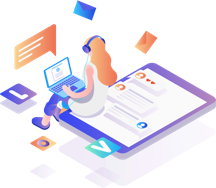Shopify Development

Shopify development covers a wide range of topics depending on what you’re looking to build or improve. Here are some key areas of Shopify development you might be interested in:
1. Custom Theme Development
- Liquid Templating Language: Shopify themes are built using Liquid, a flexible open-source templating language. Learning Liquid is essential for customizing Shopify stores.
- CSS and JavaScript: Styling and functionality of your theme can be adjusted with CSS and JavaScript to enhance user experience and create unique designs.
- Theme Customization: You can develop custom sections, add dynamic content, or integrate external services and APIs into the theme.


